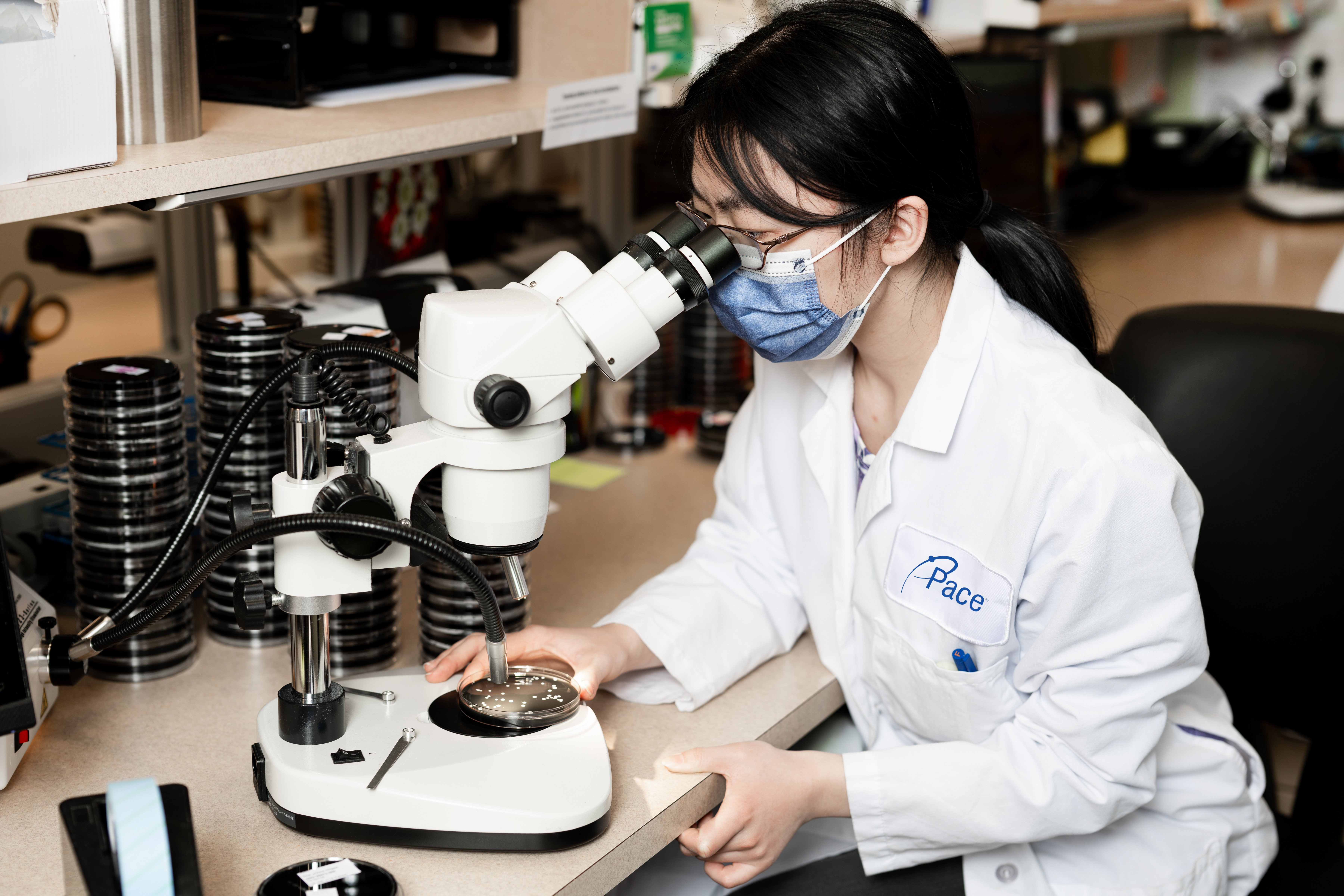Gearing Up for Summer: Legionella in the Hospitality Industry
.png)
As the U.S. summer vacation season heats up, now would be a good time for hotels, spas, health clubs, and other facilities catering to a water-minded clientele to test their water systems for opportunistic waterborne pathogens. According to the latest waterborne disease outbreak surveillance report published by the Centers for Disease Control and Prevention (CDC), 62% of waterborne disease outbreaks originated in recreational water systems. Of course, recreational water–associated outbreaks can happen year-round, but 31% of these cases occurred in June or July.
Legionella, a type of bacterium that can have particularly devastating outcomes for those infected and affect the reputation of the hospitality industry and individual organizations, is the focus of this post. However, many of the strategies for guarding against Legionella growth can also help protect against other opportunistic waterborne pathogens, such as Non-Tuberculous Mycobacteria (NTM) and pseudomonas.
NEED URGENT TESTING SERVICES? CONTACT THE PACE® LEGIONELLA OUTBREAK RESPONSE TEAM AT: 412-281-5335
What is Legionella?
Legionella is found naturally in freshwater environments, such as lakes and streams. Not usually a concern in the natural environment, it can become a significant cause of disease when it infiltrates human-made water systems like those found in hotels, resorts, cruise ships, and other facilities within the hospitality industry. When people inhale aerosolized droplets of water contaminated with the bacteria, they can develop Legionnaires’ disease, a pneumonia-like illness that is fatal in about 10% of cases.
Legionella Hotspots
Warm, stagnant water provides ideal conditions for Legionella growth. In particular, hot tubs, saunas, and spas can create a conducive environment when not properly maintained. Simply pumping these systems full of extra chlorine and other disinfectants is not enough and can damage the equipment. See the Centers for Disease Control and Prevention (CDC) recommendations on Controlling Legionella in Hot Tubs for more details.
Even if your facility doesn’t offer a venue centered around water sports, there are other potential Legionella hot spots to watch for. In the CDC report, drinking water exposure was associated with 29% of reported waterborne disease outbreaks. These outbreaks most frequently started in August, followed by July and April. Few of these cases were directly associated with hotels or other hospitality facilities; however, it’s important to recognize the potential for an indirect connection. The potable water systems used for drinking water are also used to fill the hot tubs and pools at the local resort.
Ice machines aren’t commonly thought of as warm water systems, but their complexity can make them a breeding ground if not properly maintained. Instead of being killed off by cold temperatures, Legionella go dormant at temperatures below approximately 68° F. However, heat from the mechanical compressor can warm the water inside an ice machine to sufficient temperatures that allow these bacteria to begin proliferating.
Even sinks, bathtubs, toilets, and showers can be a source of Legionella. In February of 2024, a hotel in New Jersey warned people checking in not to take a shower after two guests were diagnosed with Legionnaire’s disease. Legionella in plumbing systems is particularly a problem when these systems sit idle. A biofilm may form inside the system, creating ideal conditions for Legionella and other waterborne pathogens. When the systems are turned back on, the change in water pressure disrupts the biofilm, releasing the pathogens. According to the CDC, between 2015 and 2020, 87% of outbreaks of waterborne diseases were associated with biofilms.
Lastly, the outbreak that led to the identification of the Legionella bacterium and from which Legionnaire’s disease gets its name occurred at the Bellevue-Stratford Hotel in Philadelphia, PA, in 1976. Investigators ultimately linked the cause of the outbreak to the cooling towers used by the hotel's air conditioning system. Legionella spread through the facility via the air conditioning, infecting many individuals attending an American Legion convention held at the hotel.
Protect Your Guests and Your Bottom Line
So far, we’ve focused mostly on protecting your guests, but a good water management plan can protect your organization as well. Legionella lawsuits can result in settlements and award claims ranging from a few hundred thousand dollars to millions. Revenue losses can also be staggering when your facility is forced to close for investigation and remediation. It can be harder to put a figure on the on-going revenue losses resulting from a damaged reputation.
An effective water management plan identifies areas where Legionella and other pathogens could grow, establish control measures to prevent growth, and outline effective monitoring processes. Proper disinfection, maintenance of appropriate water temperatures, consistent testing for bacteria, and regular flushing of pipes and storage tanks are also integral parts of an effective water management program. The CDC, the American Society of Heating, Refrigerating and Air-Conditioning Engineers (ASHRAE), the Environmental Protection Agency (EPA), and other standards and health-related organizations offer guidelines for system planning and maintenance.
Finally, testing for pathogens in water systems is crucial for detecting and addressing potential issues early. Frequent testing helps ensure the water system is operating within recommended safety parameters and allows for prompt intervention if an issue is detected. Testing after periods of inactivity can also identify harmful bacteria that may have built up inside the system.
Want to learn more? Here are some additional resources:
CDC Toolkit: Developing a Water Management Program to Reduce Legionella Growth and Spread in Buildings
American Society of Heating, Refrigerating and Air-Conditioning Engineers (ASHRAE)


.png)